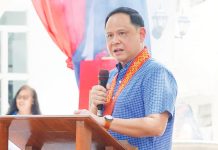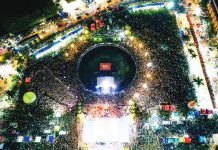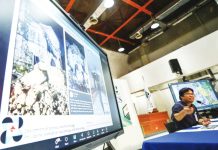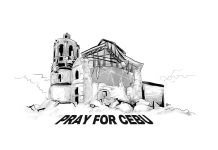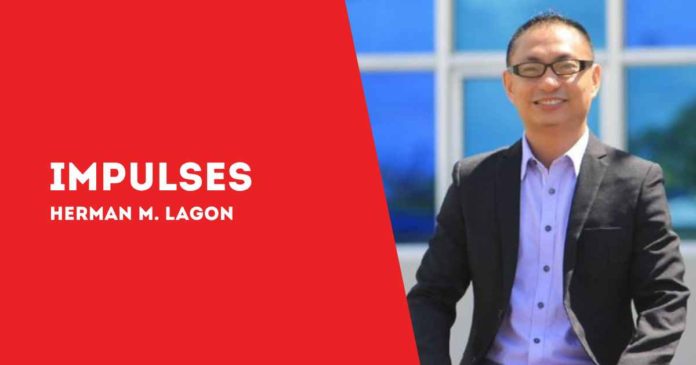
PEACE education also empowers individuals, helping them understand that they are part of something bigger and can actively contribute to peace. This empowerment goes beyond conflict resolution; it gives young people the confidence to stand against injustice and build inclusive communities.
Programs like the International Peace Institute’s Youth, Peace, and Security agenda emphasize the role of youth in peace-building, proving that inclusive dialogue can bridge generational, cultural, and gender gaps. Incorporating gender inclusivity into peace education teaches youth to value equality across all genders, fostering a society free from discrimination.
But no revolution happens alone. A culture of peace requires partnerships beyond the classroom; it involves governments, institutions, and communities. The European Union’s Democracy Action Plan, for example, highlights the importance of combating misinformation—an increasingly modern threat to peace—through media literacy.
In a country where social media is a significant information source, integrating media literacy into peace education could reduce the divisive effects of misinformation, promoting informed dialogue instead of conflict.
At the heart of this Peace Revolution is empathy. In a world where technology often keeps us apart, fostering real human connection has never been more critical. Programs like the RULER method from Yale’s Center for Emotional Intelligence guide students in managing their emotions. By nurturing empathy, they encourage positive relationships that can bridge divides, preparing young people for respectful, thoughtful conversations on challenging issues like class, religion, and cultural identity.
Peace-building requires communities to join in this revolution, too. While schools and governments provide formal structures for peace education, communities bring these values to life. For instance, grassroots peace workshops in Northern Ireland have bridged historical divides by creating spaces for shared stories and healing. Our communities could do the same, creating forums where indigenous leaders share cultural perspectives, allowing understanding and respect to flourish.
The Peace Revolution, built on justice, fairness, and collective well-being, offers us the tools to address conflicts with compassion. Teaching peace has never been more relevant in our changing world as we work toward communities grounded in empathy and equality. This revolution may be quiet, but its vision is bold—a brighter, more harmonious future for everyone.
***
Doc H fondly describes himself as a ”student of and for life” who, like many others, aspires to a life-giving and why-driven world grounded in social justice and the pursuit of happiness. His views do not necessarily reflect those of the institutions he is employed or connected with./PN


